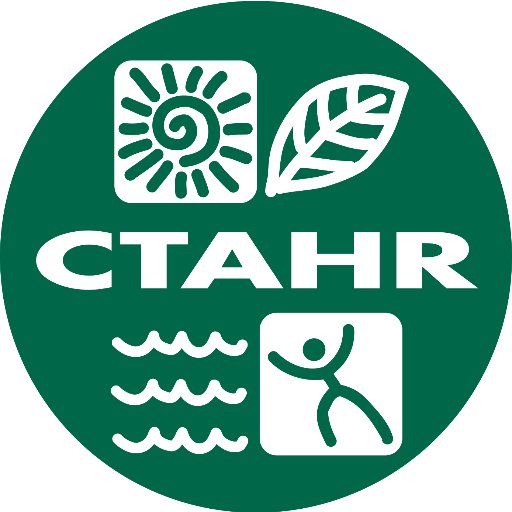|
Prospective graduate students, please see our Departmental Application guidelines.
What do we do?
The Rubinoff Lab conducts research on a broad range of insects across a diversity of fields including evolution, ecology and conservation. We work on questions involving the preservation of endangered species in Hawaii and elsewhere,
but also work to mitigate the damage caused by invasive species and agricultural pests.
Our lab uses genetic and genomic techniques to understand the evolution, ecology of native and invasive insects and to improve the conservation of rare species.
Most projects have both laboratory and field components which can mean hiking through the rainforests of Kauai one day and analyzing genomic data in the lab on another.
Where do we work?
While much of our work takes advantage of our base in Hawaii, we conduct research all over the world. Past and current research projects have taken us to South Africa, Mozambique, Madagascar, throughout Southeast Asia from China to Cambodia,
and Sri Lanka, across the Pacific islands, South America, North America (from Alaska to Florida), and to Europe.
But being based in Hawaii allows us to study the evolution of the most spectacular example of island biogeography on the planet. We’re able to conduct in situ field experiments and life history research that would be impossible in any overseas laboratory.
For example, a long-term study of the alpine insects on the Mauna Kea volcano on the Big Island.
What’s it like living in Hawaii?
A few decades ago, Hawaii was a much more isolated place. Now, with non-stop flights (as low as $350 RT) to cities across the United States (and Asia, Australia, and New Zealand), satellites, and high-speed internet, the distance has all but disappeared.
Honolulu is a medium-sized city of approximately one million people coming from all over the world. An active tourism industry supports a vibrant culinary and entertainment scene that rivals those of cities many times larger.
The mild tropical climate means temperatures in town rarely get below 60F in winter, or above 90 in summer. However with 12 climate zones across the state, caused by the interaction of tall mountains (between 3,000-13,400 feet) and tradewinds,
it can easily be 20 degrees colder in the montane forests just a 20 minute drive from town. Snow falls on the Big Island summits from November through May.
The University of Hawaii is a major U.S. research institution based in the Manoa district of Honolulu, up against the gorgeous Koolau Mountains. The Hawaiian archipelago is made up of six main high islands and twice that many smaller ones.
The island of Oahu is home to almost one million people and the state capital, Honolulu, a cosmopolitan subtropical city with a diverse and vibrant culture of Polynesian, Asian and, to a large extent, North American influences.
Oahu is 596 square miles (1545sq km), and hosts two mountain ranges, including a peak over 4,000 feet (1220m) tall.
The State contains almost all of the climate zones on the planet, including 4,000 meter elevation alpine stone deserts, montane and lowland rainforests, deserts and dry forests. Annual rainfall regularly varies over an order of magnitude on the same island making
this a rich and interesting place to study evolution.
What kind of students work here?
Our lab seeks highly motivated students with a track record of achievement and research experience. As part of the College of Tropical Agriculture, we have access to research stations on most the neighbor islands, and as part of the Evolution,
Ecology and Conservation Biology (EECB) program, we join a large and vibrant community of dozens of faculty and nearly 100 graduate students conducting research across the University.
How does funding for graduate school work?
Typically, graduate students in our lab are funded off of grants, either to the student directly, or through the PI. Students are expected to TA one semester for experience, and may choose to do more.
Because each student receives generous funding (the exact number depends on the grant, but well above the University minimums), space in the lab is highly selective, and students are expected to be eager and self motivated.
Funding for graduate students is approximately 30% higher than many schools to account for the cost of living in Honolulu (though the Bay Area and many other parts of the country are more expensive, or nearly so).
|


